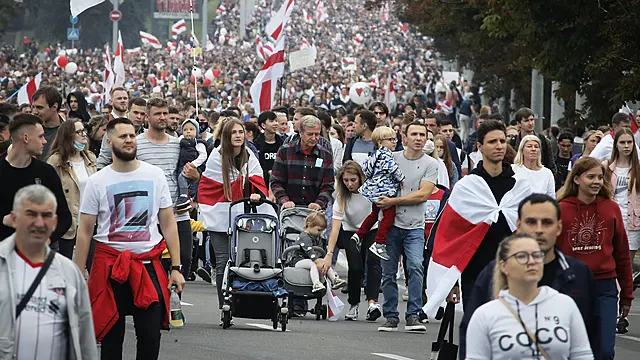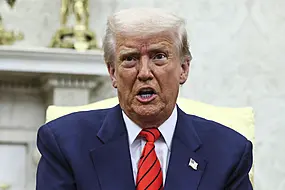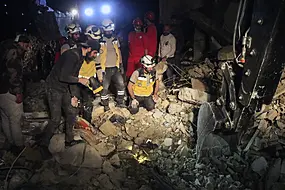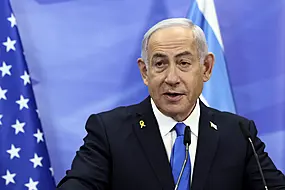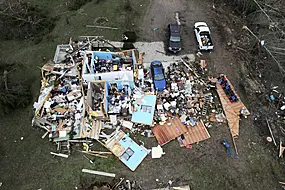In the 15th day of the largest and most determined protests ever in independent Belarus, a crowd of about 200,000 rallied against President Alexander Lukashenko in a square in Minsk, the capital.
They then marched to another rally and approached the Independence Palace, the president’s working residence.
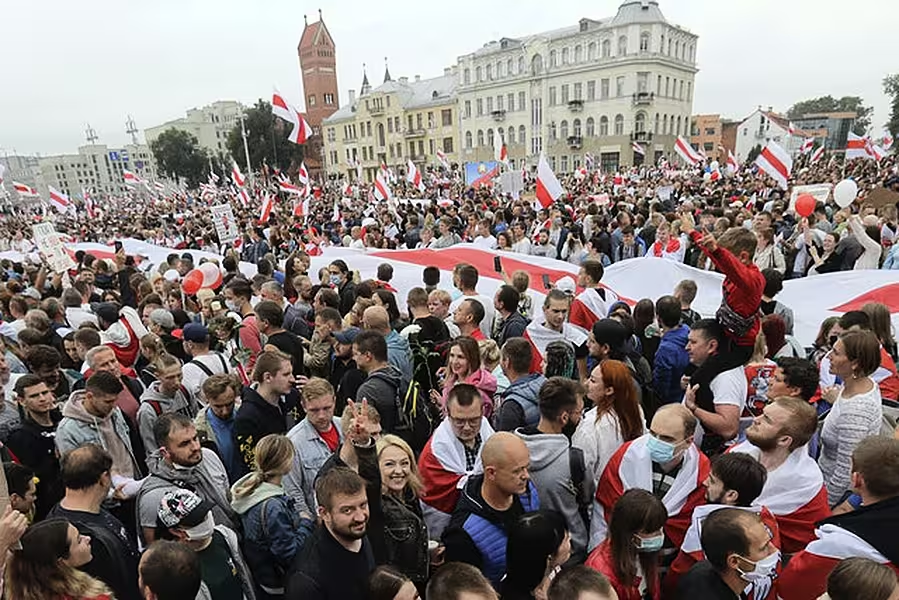
Video from the state news agency Belta showed a government helicopter landing on the grounds and Mr Lukashenko getting off holding what appeared to be a Kalashnikov-type automatic rifle.
No ammunition clip was visible in the weapon, suggesting that Mr Lukashenko, who cultivates an aura of machismo, aimed only to make a show of aggression.
Protests started on August 9 after a presidential election that officials say handed 65-year-old Mr Lukashenko his sixth term in office with 80% voter approval. Opponents claim the results are fraudulent.
The size and duration of the protests have been unprecedented for Belarus, a former Soviet republic of 9.5 million people that Mr Lukashenko has ruled harshly for 26 years.
On Sunday an opposition rally overflowed Minsk’s sprawling Independence Square. There were no official figures on crowd size, but it appeared to be about 200,000 people or more.

The demonstrators then marched to another square about a mile and a half away and approached the edges of the presidential residence grounds, where police in full riot gear stood shoulder-to-shoulder, holding large shields.
The protesters dispersed in the evening amid rain.
There were no immediate reports of arrests. Earlier this month, some 7,000 people were arrested at protests, many of them badly beaten with clubs or wounded by rubber bullets, violence that only caused public outrage to swell.
Mr Lukashenko appears to be flailing about for a strategy to counter the anti-government demonstrations.
He has repeatedly blamed Western interference, claimed the protests were backed by the United States and accuses Nato of building up troop concentrations in Poland and Lithuania on Belarus’ western border, which the alliance denies.
He also claimed that Russian President Vladimir Putin was willing to offer security assistance to his government to quell the protests if he asked for it.

Mr Lukashenko has consistently repressed opposition during his time in office and weariness with his hardline rule, as well as dismay over the country’s deteriorating economy and his cavalier dismissal of the coronavirus pandemic, appear to have galvanised opponents.
“Belarus has changed. Lukashenko has been able to unify everybody, from workers to intelligentsia, in the demand for change,” said protester Slava Chirkov, who attended Sunday’s demonstration with his wife and son.
They held a sign declaring “Lukashenko, your milk has gone sour,” in a reference to Mr Lukashenko’s former job as the director of a Soviet-era collective farm.
A similarly enormous crowd turned out for a protest a week ago and daily demonstrations have taken place since the vote.
Mr Lukashenko’s main election challenger, Sviatlana Tsikhanouskaya, fled to Lithuania the day after the election. Several other possible challengers fled the country even before the election.
